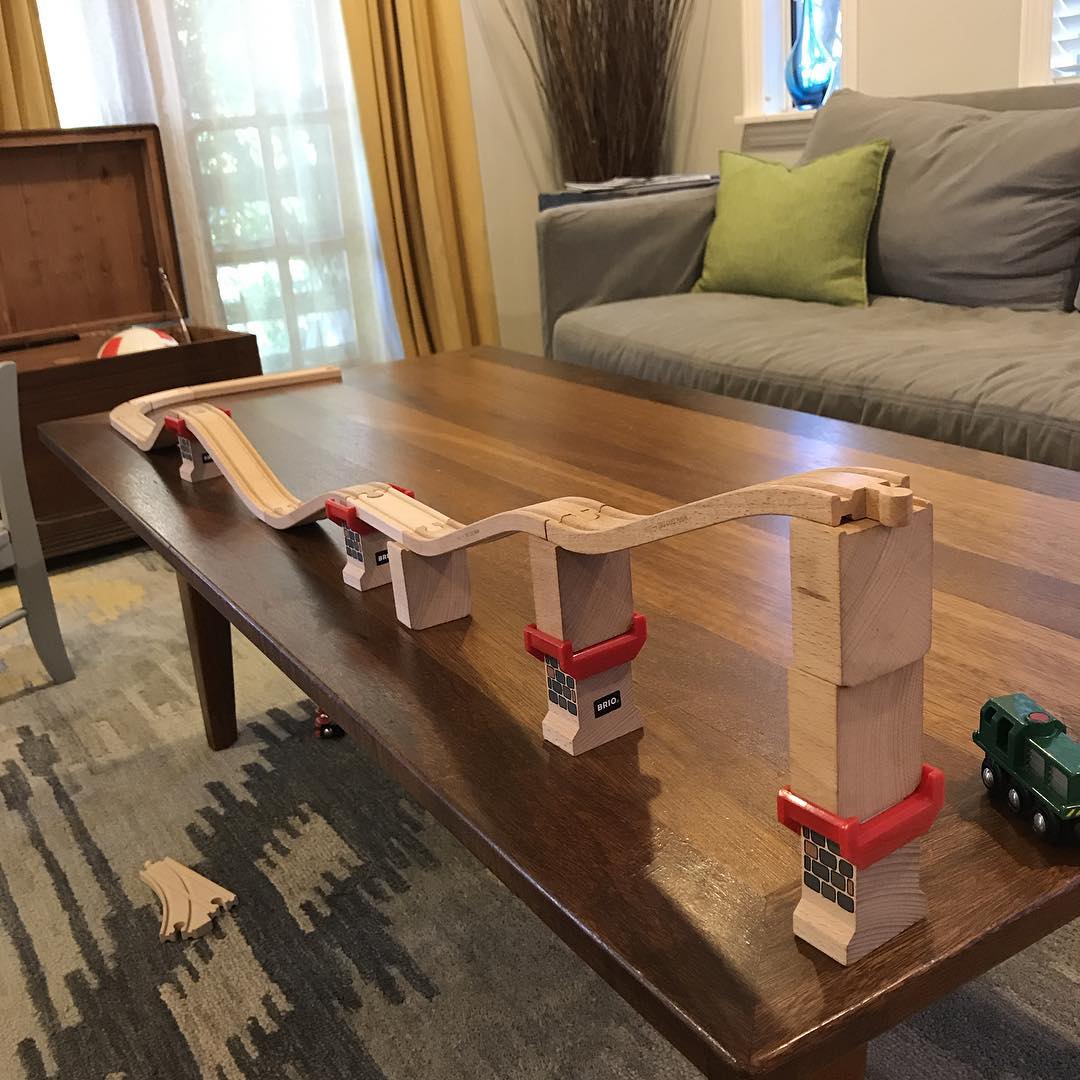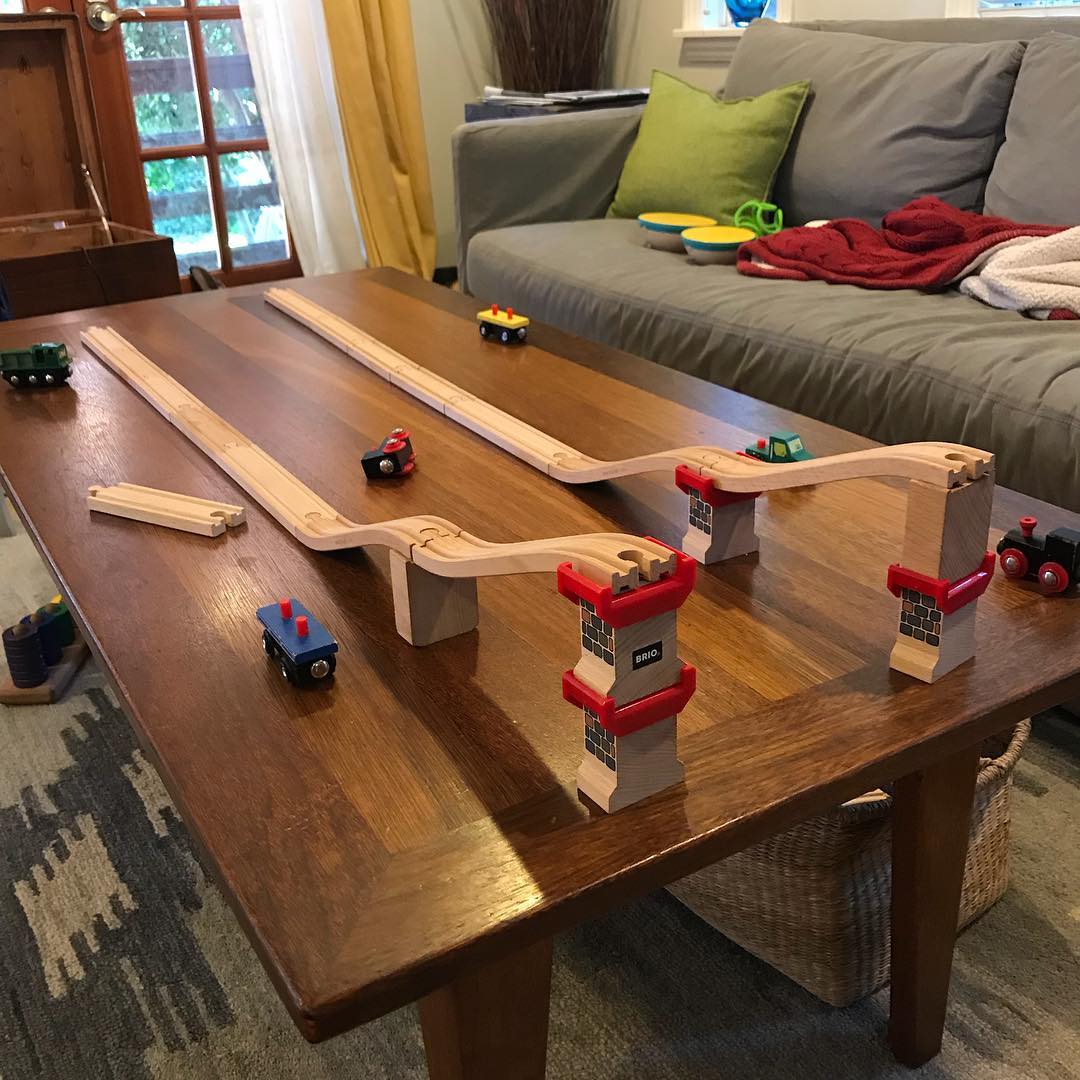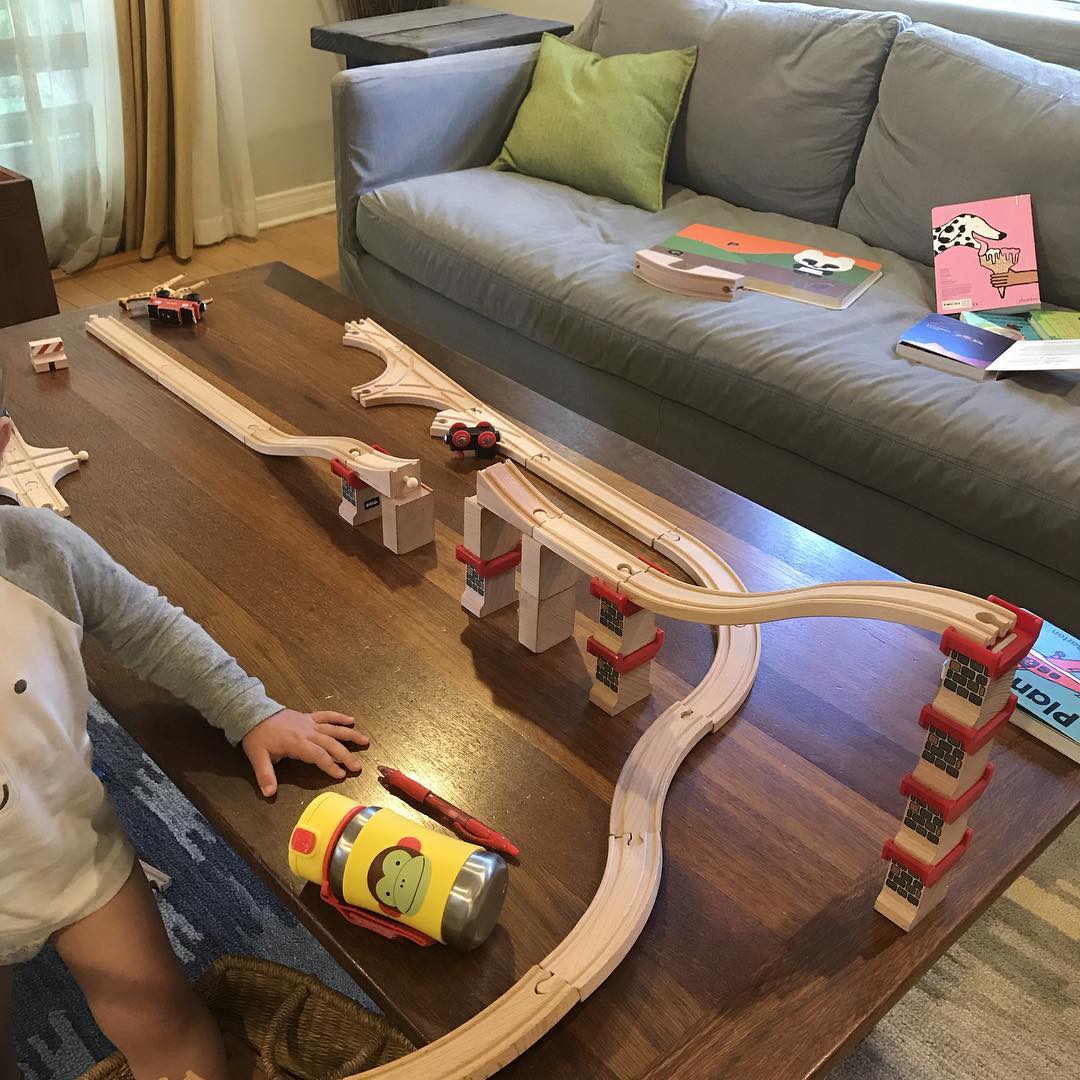2 minutes
Trains
Since September of last year, my instagram profile has been almost entirely filled with pictures of model wooden trains my son and I have built.
Basic
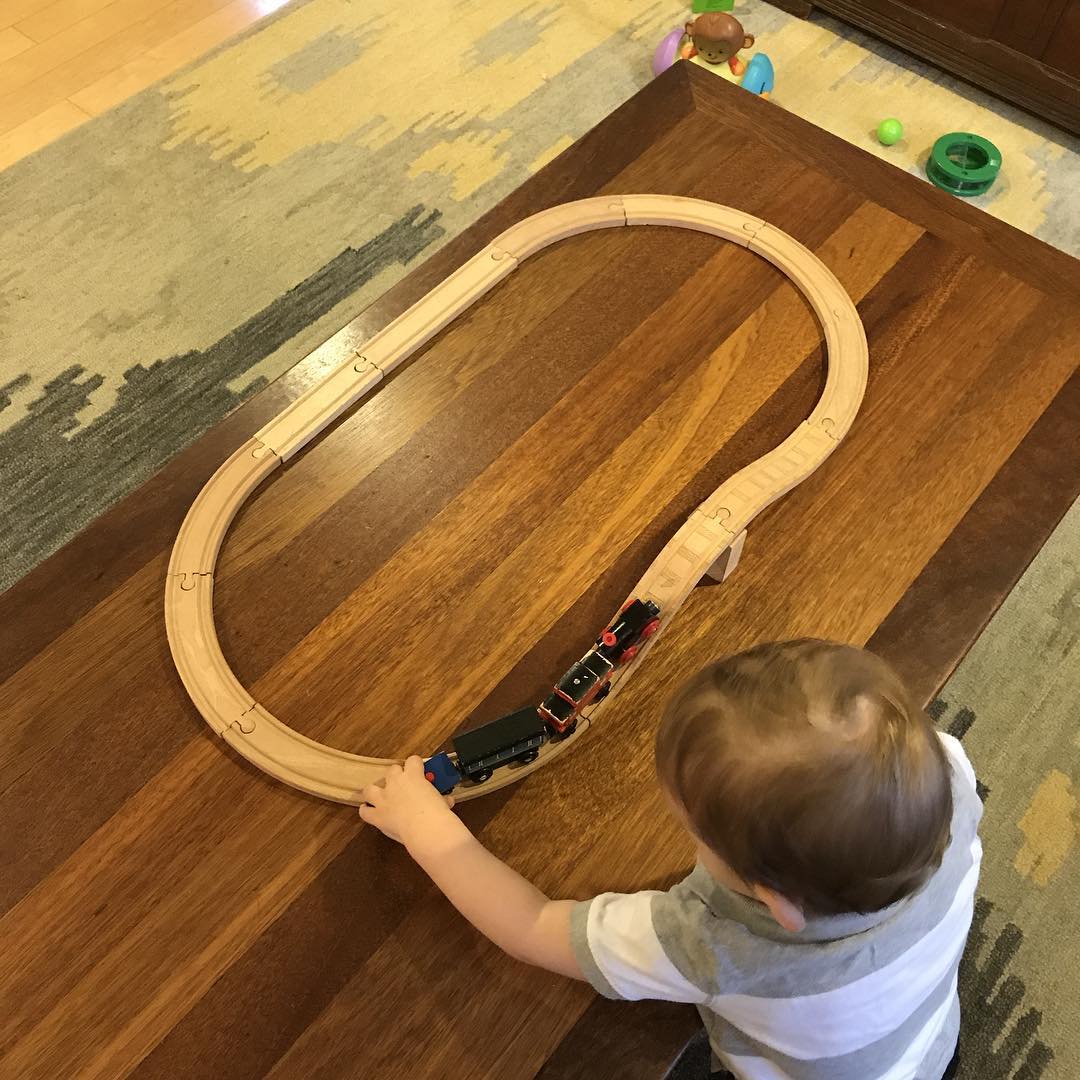
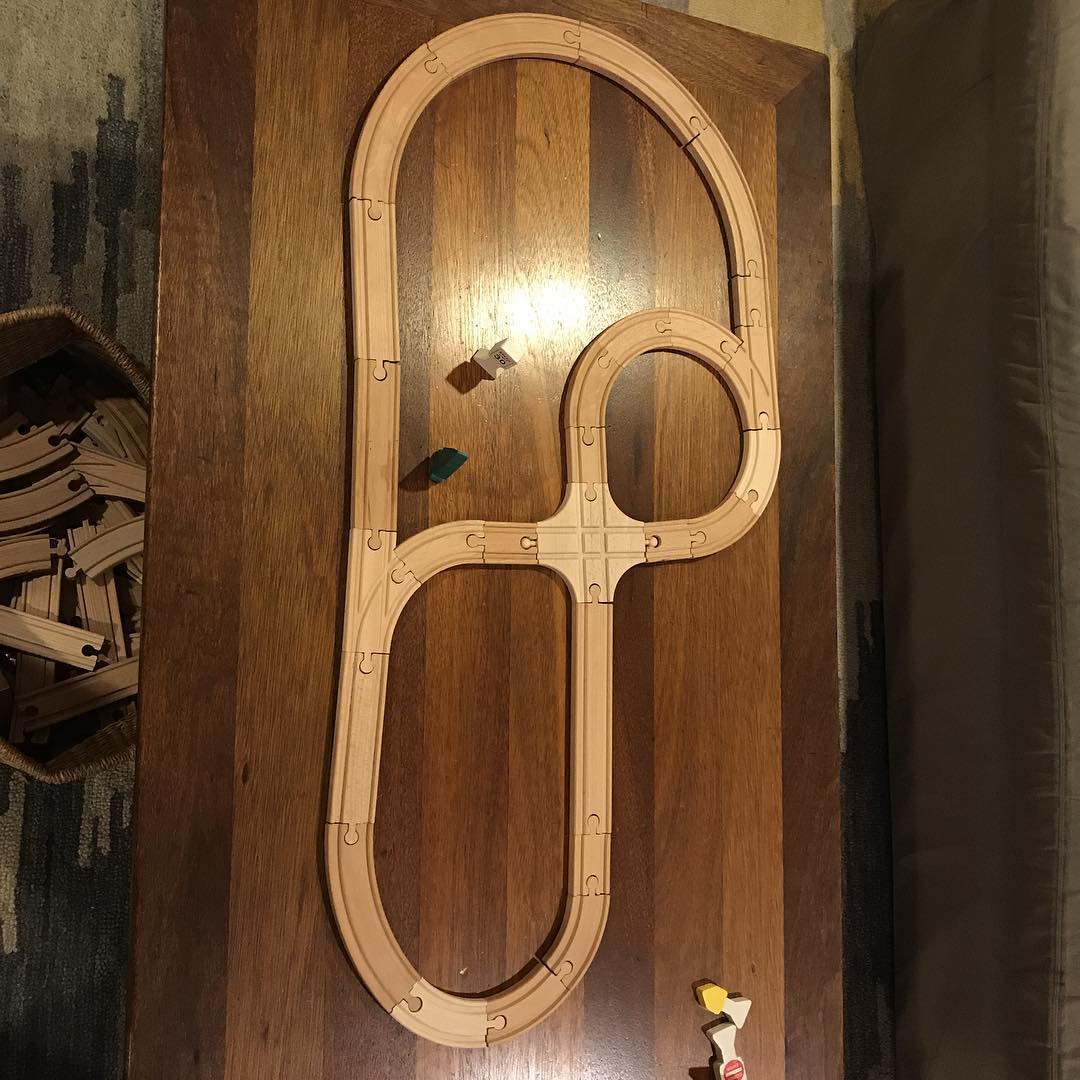
Intermediate
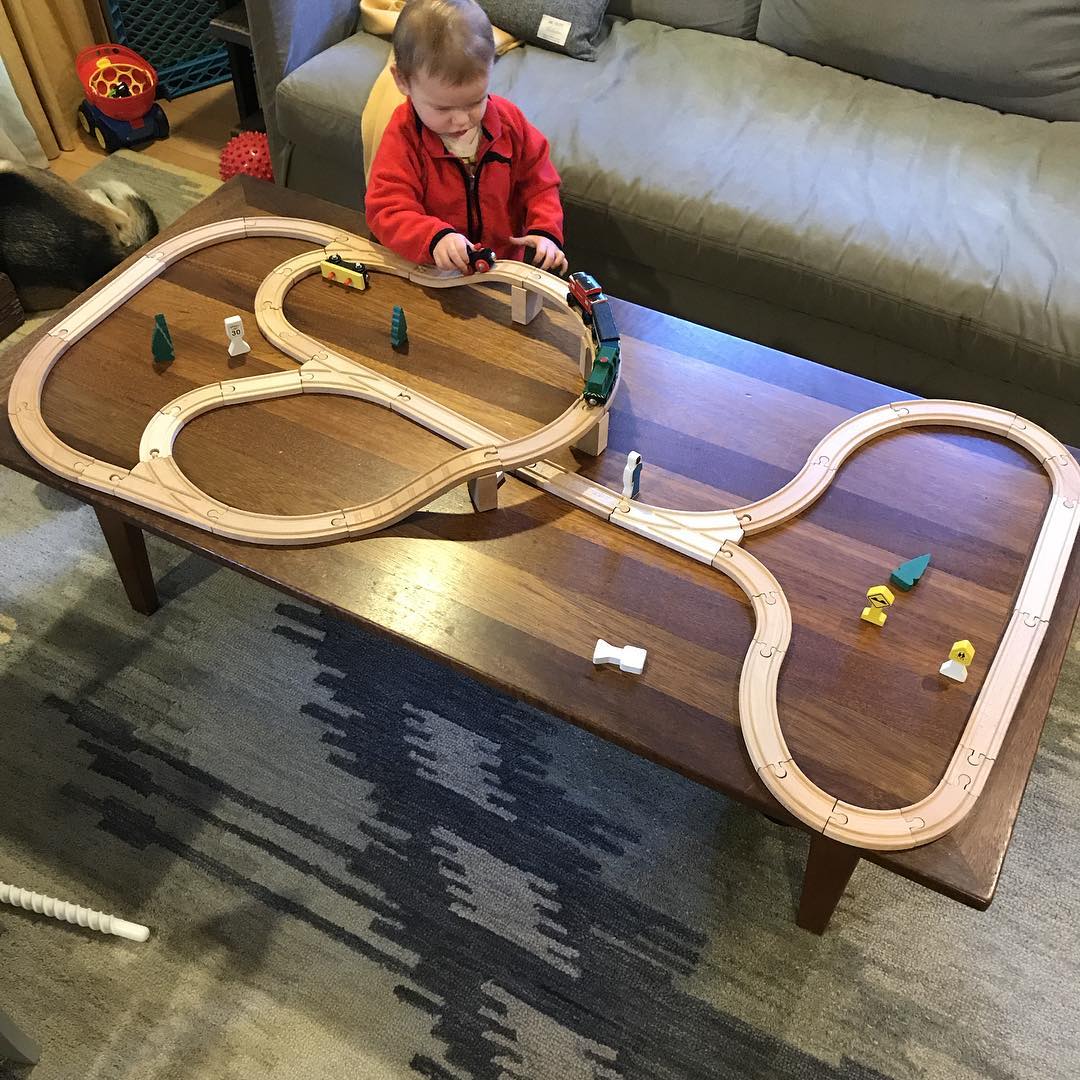
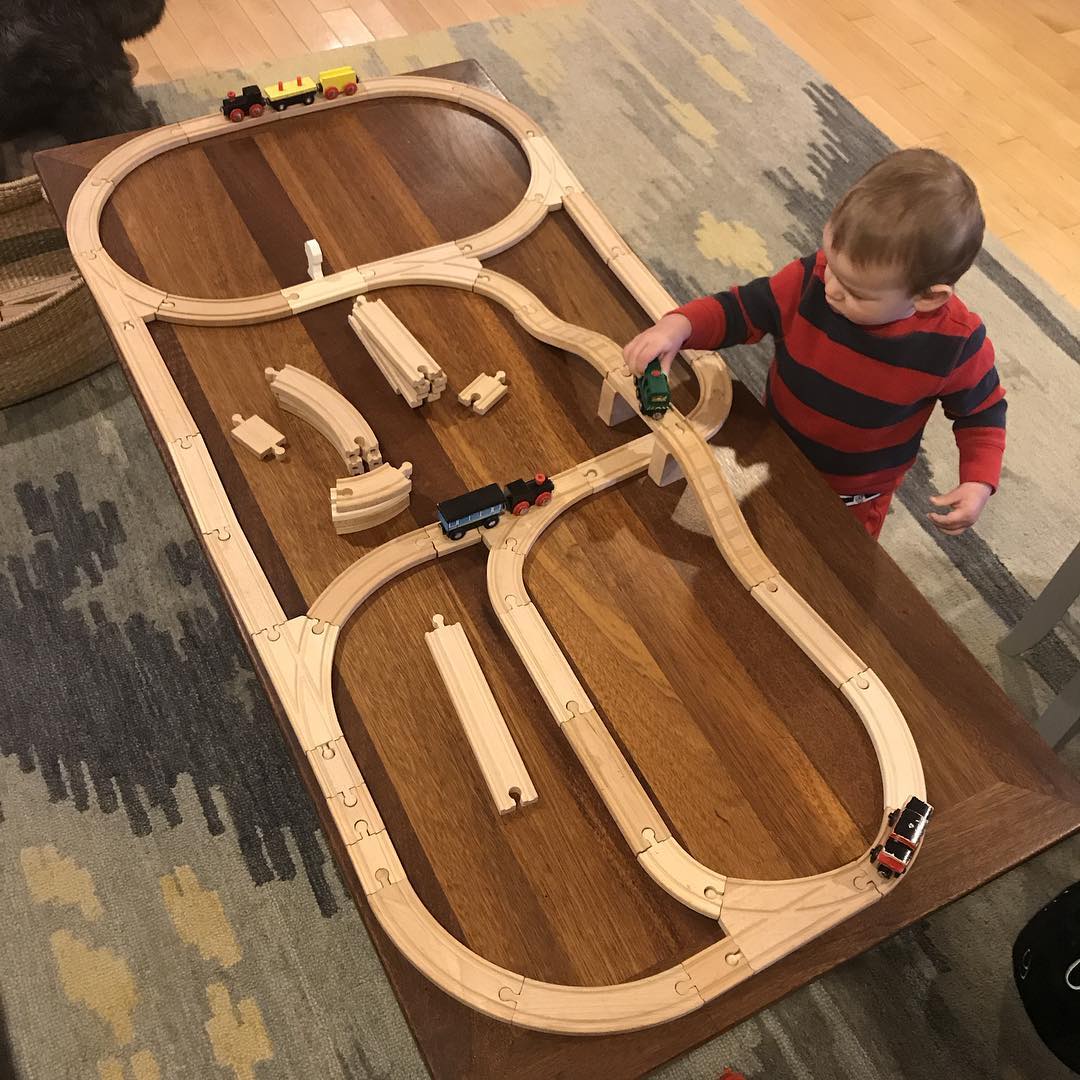
Advanced
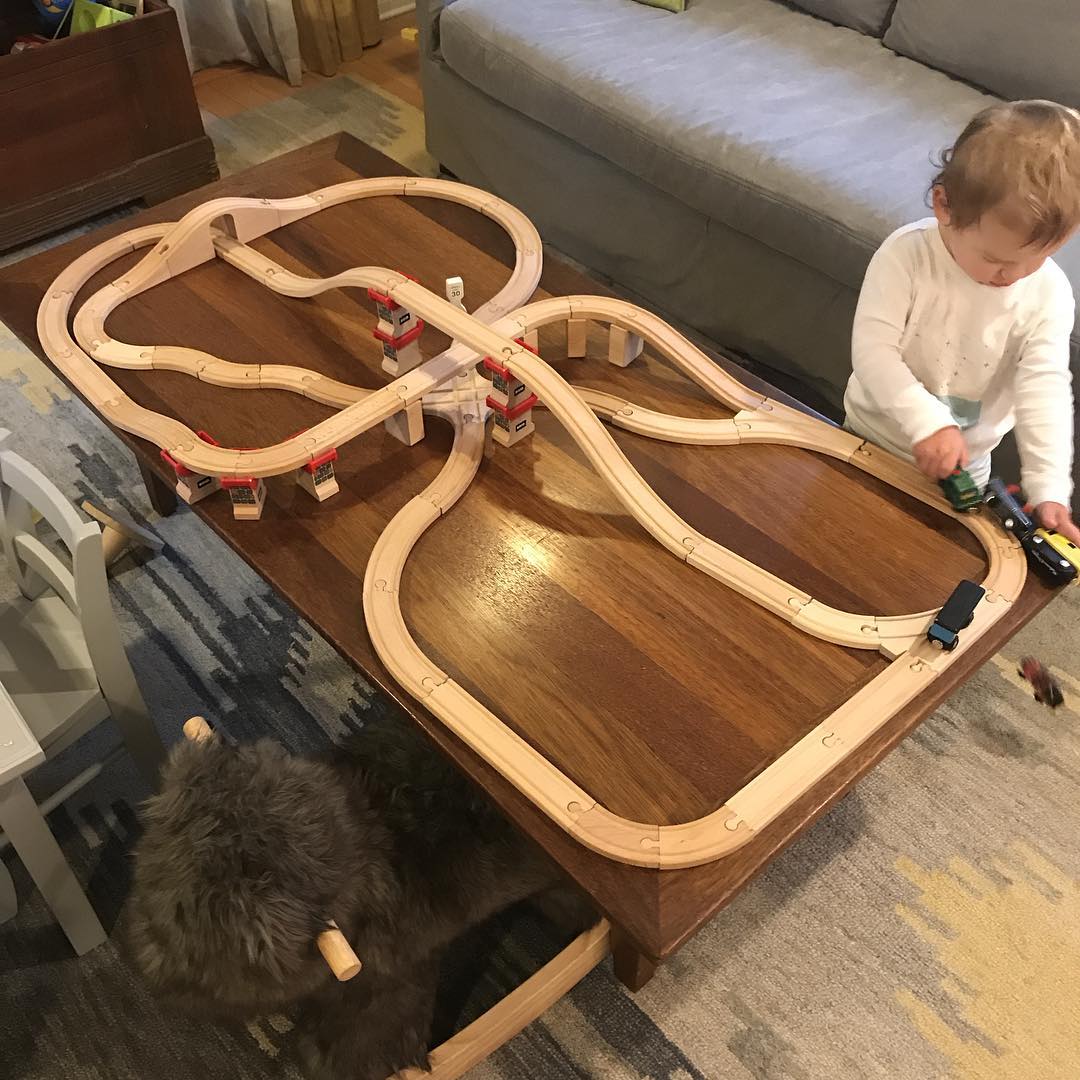
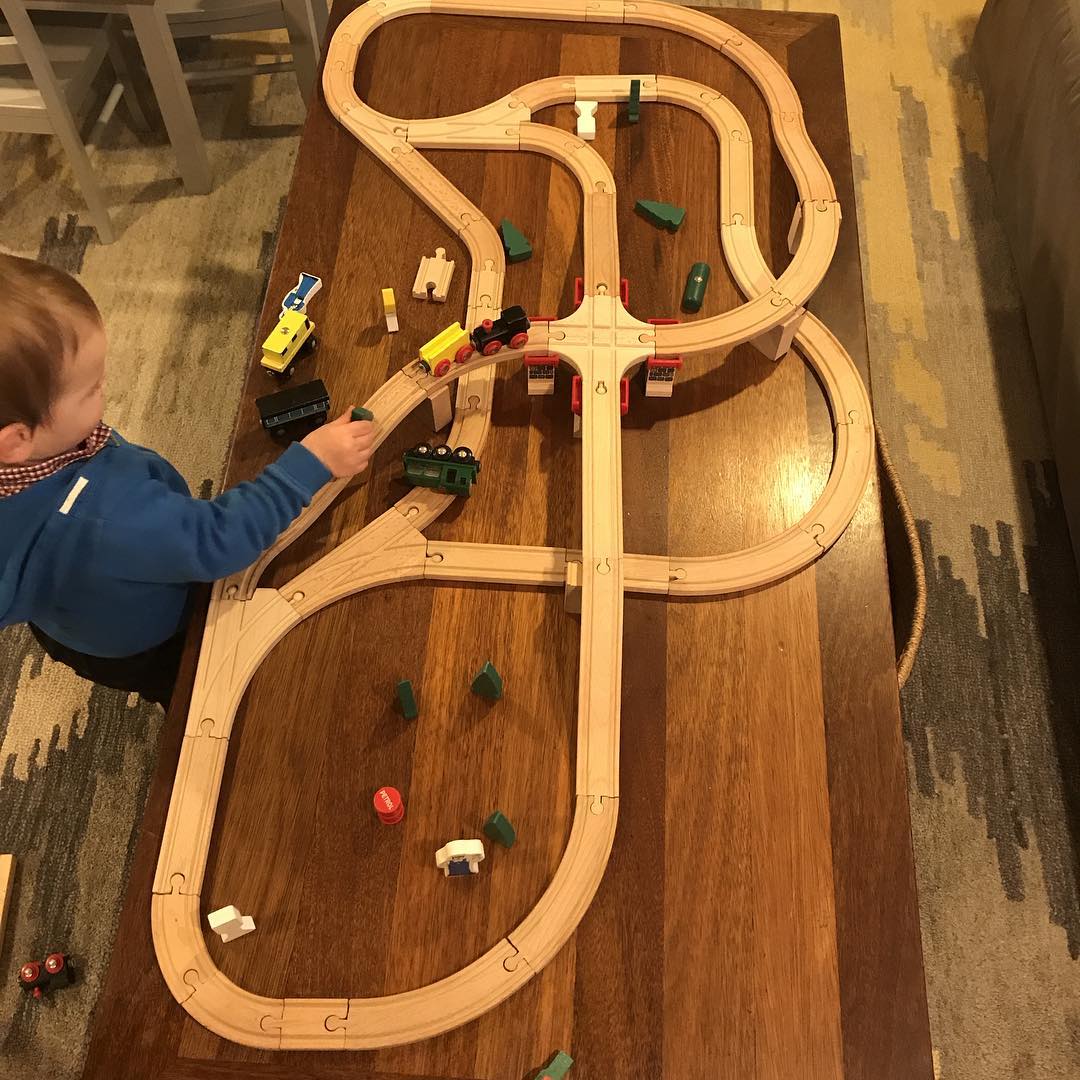
Constraints
- The wooden coffee table we build on limits the maximum footprint of most designs. With some exceptions.
- Our collection of pieces has grown steadily over time. The pieces on hand limit what you can make.
- My son often prefers to destroy track layouts instead of building them.
Measures of Greatness
- Total number of pieces you are able to use in a single pattern. The more pieces, the more advanced the design.
- Geometrically, visually pleasing designs.
- Symmetry tends to lead to good designs.
- Going vertical. Inclines, declines, and overlapping layers of track are great.
- Using difficult piece types. The “cross” junction, the “X” junction, the “T” junction are all difficult pieces you need to build around. They can force you into making difficult tradeoffs.
Demerits
- When a track doubles back on itself and you are forced to make a “head to head” track connection. Using the male/male or female/female 1 inch coupler pieces.
- Dead ends. Tracks to nowhere, especially bad without a dead end indicator piece.
- Using 1 inch standard straight track. These pieces are highly flexible allowing you to make up for early decisions. Fewer of these pieces deployed, the greater the design.
- Stretched/cranked sections. There is play in wooden track connections but if you push it too far the connectors become impacted, like shoving a jigsaw puzzle piece into a space it doesn’t belong.
Ramps
A special division of track designs are ramps. They often don’t conform to the goals of normal designs. But they are are awesome for other reasons like racing and launching trains.
